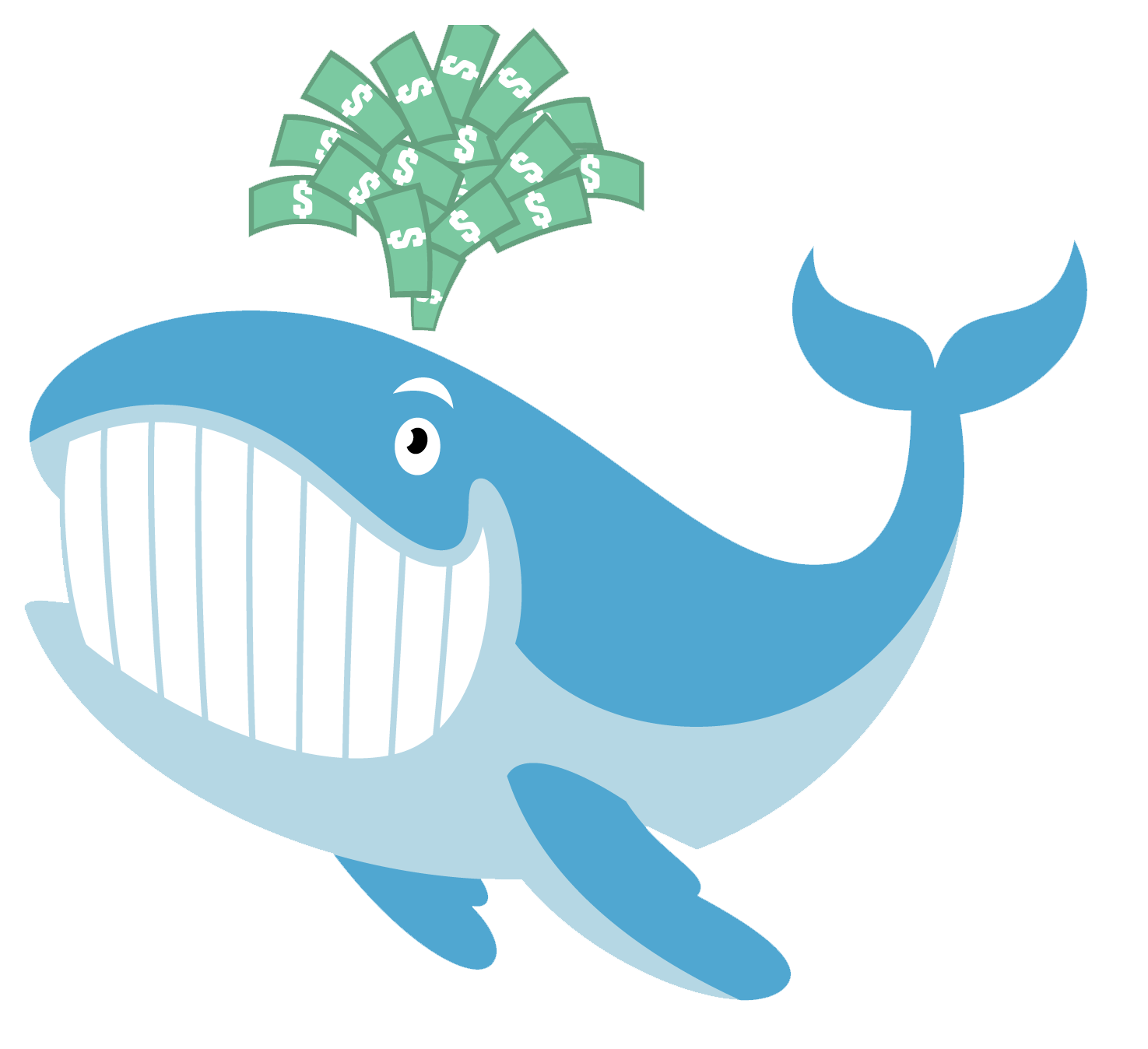Traders see the US Fed delivering 25 bps cut in Sept, 100 bps by year-end
Federal Reserve officials received confirmation on Friday that inflation continues to cool, setting the stage for a potential interest rate cut next month as they shift focus toward stabilizing the labor market.
The personal consumption expenditures (PCE) price index showed a 2.5% increase in July compared to the previous year, maintaining the same level as June, according to the Commerce Department. On an annualized basis, inflation over the past three months is now well below the Fed's 2% target.
Last week, Fed Chair Jerome Powell stated that "the time has come" to reduce rates, following a prolonged battle with decades-high inflation, which had prompted aggressive rate hikes throughout 2022 and 2023. Since July, the Fed’s policy rate has remained in the 5.25%-5.50% range.
"The recent price trends confirm that the Fed's inflation fight is nearing its conclusion," said Ben Ayers, senior economist at Nationwide. He added that the inflation slowdown opens the door for a rate cut at the Sept. 17-18 policy meeting. Ayers also noted that if the labor market weakens significantly, the Fed may opt for more aggressive cuts in subsequent meetings.
In response to the report, which also highlighted strong consumer spending, traders maintained expectations that the Fed would initially reduce rates by a quarter percentage point, with the possibility of a larger half-point cut at a later meeting.
While financial markets are currently pricing in a full percentage point reduction by year-end, most analysts predict a more modest cut, citing the economy’s resilience. However, the labor market's performance will ultimately determine how aggressive the Fed becomes with rate reductions.
Economists at Evercore ISI summed up the Fed’s current strategy, stating that the central bank has shifted from an "inflation-first" focus to a "labor-first" approach.
